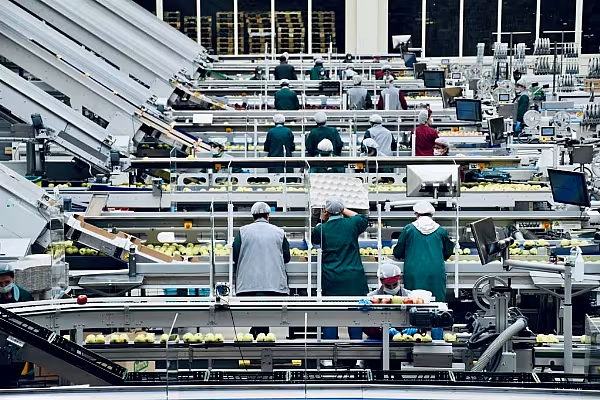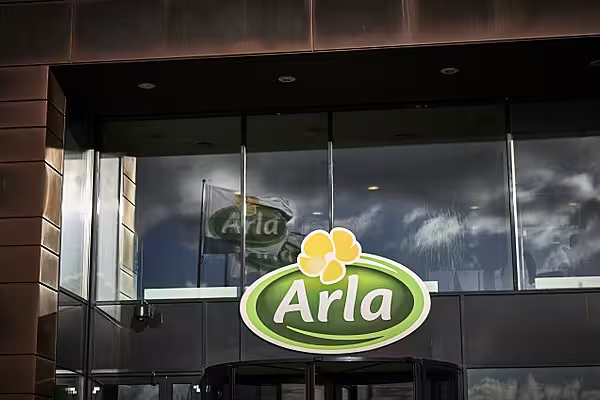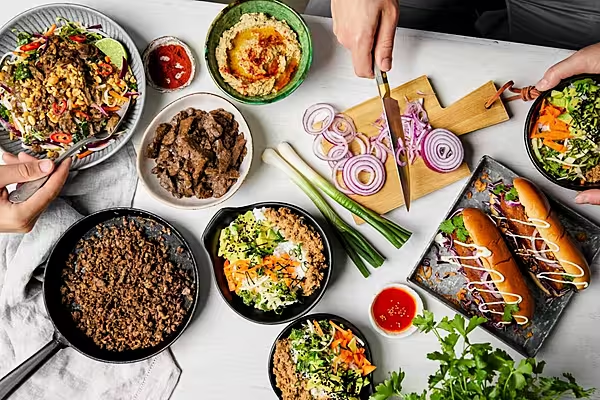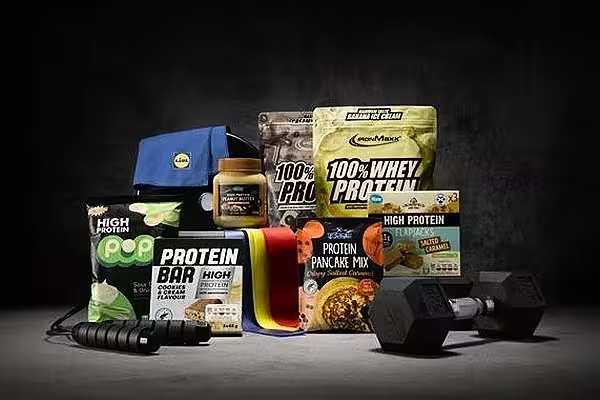Artificial intelligence might have once been the stuff of science fiction, but it’s become one of the most valuable tools in supermarkets and the food and beverage industry as a whole. What unique applications of AI in the food industry can help improve our favourite food and drinks brands? Emily Newton of Revolutionized investigates.
Tracking Crop Health
Keeping track of crop health and pest control was much easier when farmers were only growing enough to feed their families or communities. Industrial agriculture has farmers taking care of massive stretches of farmland. Keeping up with the health of each acre might seem like an insurmountable task. However, AI paired with IoT devices can eliminate a lot of the legwork.
Placing sensors on plants or soil can enable farmers to remotely monitor their crops’ health. Pairing them with an AI or machine learning system can create data-driven insights that improve plants and overall yields.
Improving Packaging
The demand for contamination-free packaging will continue to grow as the need for convenience food does. Smart warehousing — incorporating automation and the Industrial Internet of Things (IIoT) — is expected to grow at a CAGR value of 55.2% between 2021 and 2026.
Automating part or all of the packaging process can boost efficiency and productivity while improving food safety and reducing the risk of contamination.
Increasing Shelf Life Through AI In Supermarkets
Food processing plants generate a massive amount of data. Expiration or sell-by dates may seem arbitrary to the average consumer, but using an AI system allows plant operators to use the information collected over months or years to better understand a product’s shelf life.
An AI system can create shelf life predictions in addition to sorting through all this data in a fraction of the time it would take for human analysts to do. This information allows for better routing decisions, ensuring that each product has an optimal shelf life and won’t spoil before it makes it to the table.
Pairing this programming with an automated warehouse can help facilities keep track of expiration dates, making it easier to move products in and out more efficiently. The same technology can support AI in supermarkets, so staff can remove expired food from the shelves without needing to read every expiration date.
Using Applications Of AI To Boost Food Safety
Food safety is a topic that gets consumers up in arms every time a company needs to issue a recall for contamination. Equipment cleaning and maintenance are essential to keeping food edible. Implementing an AI system can complete many of these tasks, improving plant efficiency and productivity without compromising safety.
AI can also be added to water sources in food and beverage processing facilities to track water quality levels. This will allow food processors to make sure water used during equipment sanitation isn’t contaminated. Additionally, beverage companies can use this data to track chloride and sulphate levels which can affect the flavour of beers, wines and other beverages produced.
Creating a Transparent Supply Chain
Supply chain transparency is an essential part of running any modern business. Consumers are always looking for ways to reduce their carbon footprint and environmental impact and prefer to spend their money with companies that do the same. Operations that don’t choose to be transparent with their supply chain often find themselves quickly losing customers and searching for a way to regain them.
Supply chain transparency is also essential for contact tracing if contamination occurs or if a recall is necessary. Research shows that AI can help accurately predict crop yields, allowing farmers to offer more transparency while setting realistic expectations for other companies further down the supply chain.
Reducing Food Waste Through AI in the Food Industry
Food waste is a massive problem worldwide. In the UK, it amounted to 9.5 million tonnes in 2021. More than 108 billion pounds of food go to waste yearly in the United States. AI programs can help reduce these numbers by altering the algorithms that identify food and deem it unfit for sale. Many of these ‘ugly’ fruits and vegetables are perfectly edible but get tossed in the garbage because they don’t look perfect.
Altering these algorithms to use other criteria, instead of just visible flaws, can help reduce food waste and prevent otherwise edible produce from ending up in landfills.
Improving the Food Industry, One Program at a Time
There are so many applications of AI in the food industry that we would be hard-pressed to list them all here. Artificial intelligence can help reshape the sector from the ground up, helping to improve food safety, reduce waste and improve transparency, all with a single program.
We will likely see more applications of AI as programmers and experts find new and exciting ways to make it work to improve the food and beverage industry. [Photo by Arno Senoner]
© 2022 European Supermarket Magazine. Article by Emily Newton. For more Technology news, click here. Click subscribe to sign up to ESM: European Supermarket Magazine














